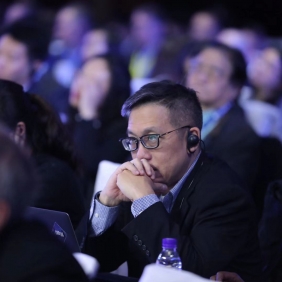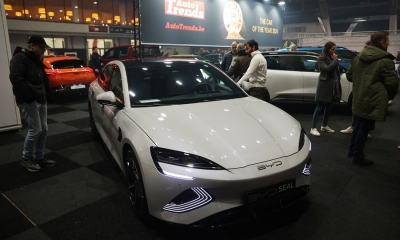The Dawn of China’s Global Cultural Era: What Ne Zha 2 Really Means
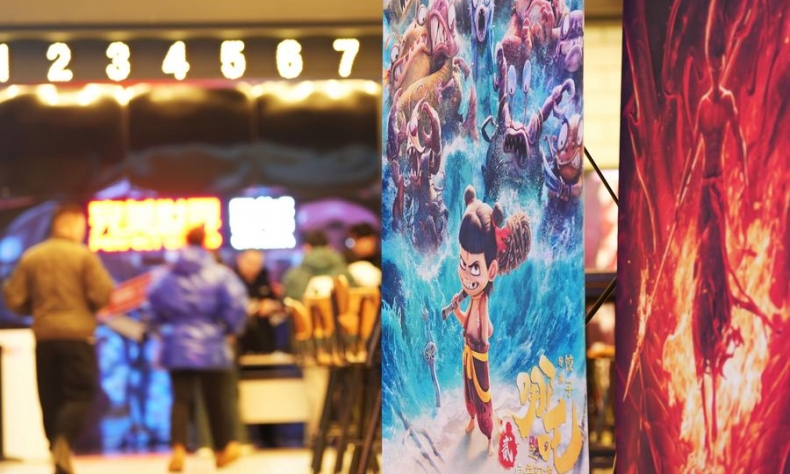
The future of global entertainment is being rewritten—and this time, China holds the pen.
China has just shattered another cinematic milestone. Ne Zha 2, the animated sequel that draws from ancient mythology, has not only raked in an unprecedented $1.4 billion in China but has also become the highest-grossing film in a single market in history. More than a movie, it represents a cultural inflection point—one that signals China’s growing power in global entertainment.
The question is not whether Ne Zha 2 will be a blockbuster in the U.S. or Europe. The real story is how it reflects China’s new role in shaping global culture, much like Japan’s anime and Korea’s K-pop before it. This is a DeepSeek moment for China’s creative industries—a turning point where Chinese content is no longer just for domestic consumption but is poised to set global trends.
More than just a box office hit
Hollywood once ruled China’s silver screens in 2010’s, with Western blockbusters defining what a hit movie looked like. But times have changed. Domestic productions like Ne Zha 2, The Battle at Lake Changjin, and Wolf Warrior 2 have proven that China’s homegrown stories can outcompete foreign movies. Hollywood movies share in China’s movie market has fallen to around 10 percent last year.
This shift is not just about national pride—though that certainly played a role. Chinese moviegoers have embraced a new participatory fan culture, reminiscent of K-pop fandoms. Some watched Ne Zha 2 multiple times, others bought extra tickets just to push box office numbers higher. Social media platforms were flooded with discussions, memes, and coordinated campaigns to ensure the movie’s success. This is not passive consumption. This is active audience engagement, and it is an innovation that China is now exporting to the world.
The West is already familiar with the Asian wave in entertainment. K-pop, once a niche genre, is now a billion-dollar industry with an army of globally connected fans. Anime, once a subculture, is now a mainstream storytelling format influencing Western animation and Hollywood franchises. China is next.
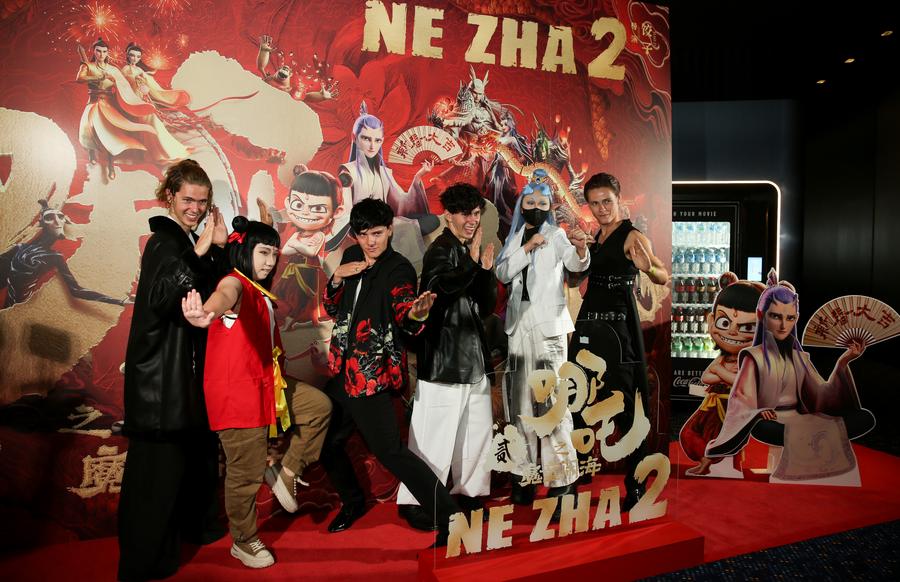
But China is doing something different. It is not just exporting content; it is exporting a new way of engaging with content—a model built on high levels of audience participation. We saw it first with TikTok, where users became creators rather than just consumers. Now, we are seeing it with movies, gaming, and even social platforms like Xiaohongshu (or RedNote), which is attracting Western users disillusioned with Western alternatives.
This shift is not just about state-backed soft power. It is about organic, cultural influence. It is about China setting new rules for how entertainment is made, marketed, and consumed globally.
The technology gap is closing fast
For years, critics have argued that China’s animation industry lags behind Hollywood in terms of technology. While there is some truth to this, the real challenge for Chinese studios has been understanding and catering to Western audiences—not catching up technologically.
But that gap is closing fast. With major Hollywood professionals recognizing the financial and artistic potential of Chinese productions, we are witnessing the beginnings of a talent shift, similar to what happened when Hollywood studios embraced anime directors and K-pop producers. It would not be surprising if, within the next decade, China becomes a magnet for foreign creatives seeking new artistic opportunities.
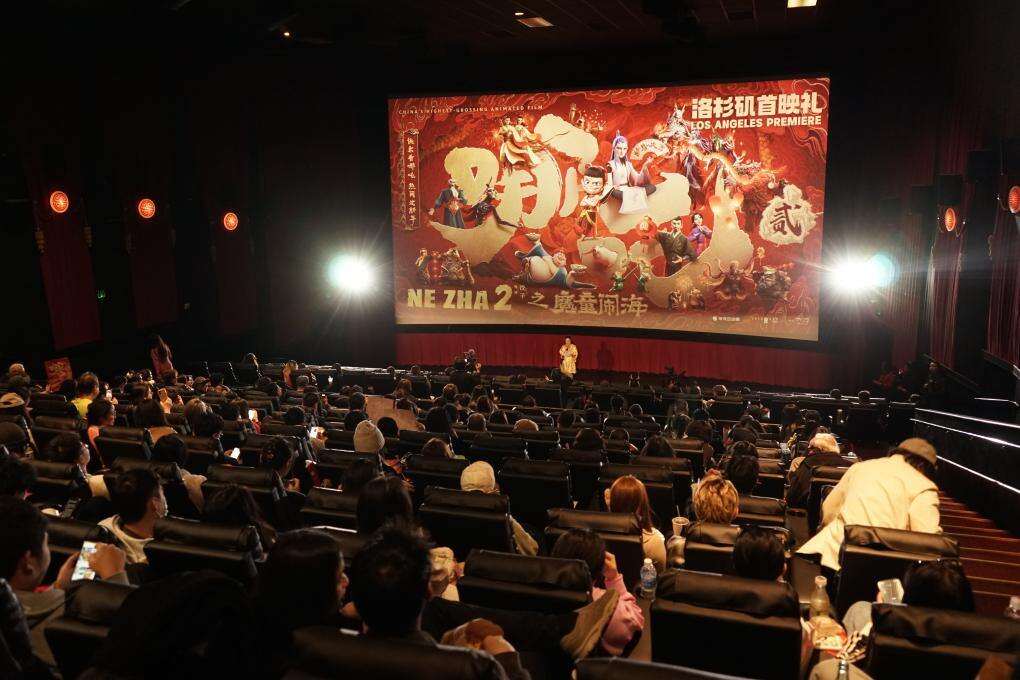
Soft power or something bigger?
Many will frame the success of Ne Zha 2 as another example of China’s state-backed soft power strategy. But that is a limited view. Ne Zha 2 is not pushed by the government, rather, it was a creation by a large group of young talents. What we are seeing is not just a cultural export, but a grassroots shift in how entertainment is created and consumed.
This is an Asian contribution to global culture, much like how TikTok reshaped social media and K-pop revolutionized music. The “Asian way” of engaging with content—where fans actively push their favorite creative works to success—is spreading beyond Asia. Ne Zha 2 is just one sign of this movement.
The biggest question remains: Can Ne Zha 2 achieve mainstream success in the U.S. and Europe? The answer is unclear, but ultimately, it may not matter.
The film’s domestic triumph, combined with the rise of China’s participatory fan culture, signals that China is no longer just a passive player in global entertainment. It is shaping the next generation of storytelling and audience engagement. Even if Ne Zha 2 does not dominate Western box offices, the shift it represents is already irreversible.
What we are witnessing is the dawn of China’s cultural era on the world stage. Hollywood should take note. The future of global entertainment is being rewritten—and this time, China holds the pen.
The article reflects the author’s opinions, and not necessarily the views of China Focus.
 Facebook
Facebook
 Twitter
Twitter
 Linkedin
Linkedin
 Google +
Google +



